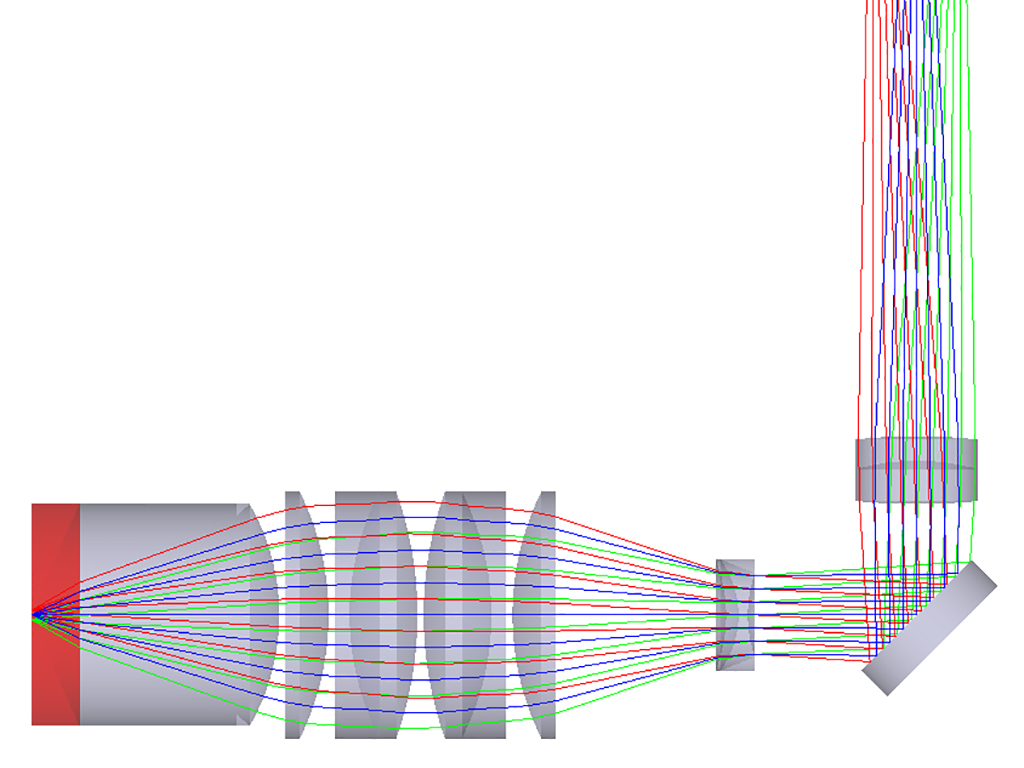In the expansive realm of optical engineering, the quest to resolve intricate problems is akin to a navigator charting a course through tumultuous waters. The challenges faced can range from the design of custom optical components to the manufacturing of sophisticated systems that manipulate light. This article elucidates a systematic approach to tackling these optical engineering dilemmas.
The first step in addressing optical engineering problems is to clearly articulate the specific challenge at hand. Just as a sailor must identify their destination, an engineer must define the parameters of the issue. This may involve discerning whether the problem lies in optical aberrations, material selection, or the overall system architecture. By establishing a precise scope, one can avoid the obfuscation that often arises from ambiguous objectives.
Following the identification of the problem, a thorough analysis of the underlying physics is imperative. The principles governing light—refraction, reflection, diffraction, and interference—form the bedrock of optical engineering. Understanding these phenomena allows for an intuitive grasp of how alterations in design parameters can influence optical performance. For instance, consider the Fresnel equations that describe how light behaves at an interface. Such foundational knowledge serves as a compass, guiding the engineer through complex scenarios.
A meticulous review of existing literature is a pivotal next step. The realm of optical engineering is replete with research articles, case studies, and technical papers that document previous solutions to similar problems. Engaging with this body of work not only provides insights but also offers a landscape of ideas from which one can draw inspiration. It is akin to consulting the annals of history to derive lessons that can be applied to contemporary challenges, thereby circumventing potential pitfalls encountered by predecessors.
Collaboration emerges as a vital aspect of problem-solving in optical engineering. Engaging with a diverse team can foster innovative perspectives. The confluence of varied expertise—be it in materials science, manufacturing techniques, or computational modeling—can illuminate paths that may not be apparent from a singular vantage point. This collaborative dynamic often cultivates an environment ripe for creative solutions, reminiscent of a swarm of bees working in unison to construct their hive efficiently.
As the problem-solving process unfolds, it becomes crucial to employ simulation and modeling tools. Advanced software packages, often imbued with ray-tracing capabilities, allow engineers to visualize how light interacts with designs before committing to physical prototypes. Such foresight is invaluable; it imparts a layer of predictability in an inherently uncertain realm. Having the ability to simulate various scenarios and parameters is analogous to having a weather vane in a storm—it offers clarity amid chaos.
After conducting simulations, tangible prototypes should be developed. Prototyping is the crucible in which theoretical ideas are tested against the rigors of reality. This process allows for empirical verification, enabling one to identify flaws, ascertain performance metrics, and iterate on designs. It is a cycle of refinement that not only enhances optical quality but also fortifies the engineer’s understanding of real-world constraints, much like a blacksmith forging steel in the fire and hammering it into shape until it meets the desired specifications.
Moreover, one must not underestimate the significance of feedback. Engaging in systematic testing and soliciting critiques from peers or potential end-users can provide invaluable insights. Feedback serves as a mirror, reflecting the imperfections of the design that may have eluded initial scrutiny. Embracing constructive criticism fosters an iterative philosophy that encourages continuous improvement—a hallmark of successful optical engineering.
An essential aspect of innovative problem-solving is the willingness to embrace failure. Each misstep can be viewed as a lesson rather than a setback. An experiment that does not yield desired results may illuminate new pathways or alternatives previously unconsidered. Perseverance in the face of adversity is akin to an explorer navigating uncharted territories—each failed endeavor is a stepping stone on the path to discovery.
The integration of new technologies also plays a transformative role in contemporary optical engineering. Advancements in nanotechnology, for instance, have revolutionized the way materials interact with light at a molecular level. Understanding the implications of these innovations can offer new avenues for solving traditional problems. The comparison can be drawn to the advent of the telescope, which expanded the horizons of exploration; equally, modern tools can enhance the capabilities of optical engineers today.
Finally, documenting the problem-solving journey is crucial for distilling knowledge gained. Every challenge surmounted and solution crafted contributes to an ever-growing repository of insights that can benefit the broader community. By compiling findings in a coherent manner, one not only solidifies their understanding but also contributes to the collective wisdom of the field, much like the chronicles of explorers mapping the world.
In conclusion, solving optical engineering problems is an endeavor that marries art and science, requiring a strategic approach that encompasses precise identification of challenges, robust theoretical foundations, collaborative efforts, empirical testing, and an appetite for innovation. Like a seasoned captain navigating through fog, engineers must skillfully maneuver through uncertainties to emerge successful, equipped with knowledge, resilience, and an unwavering pursuit of excellence in optical technologies.










